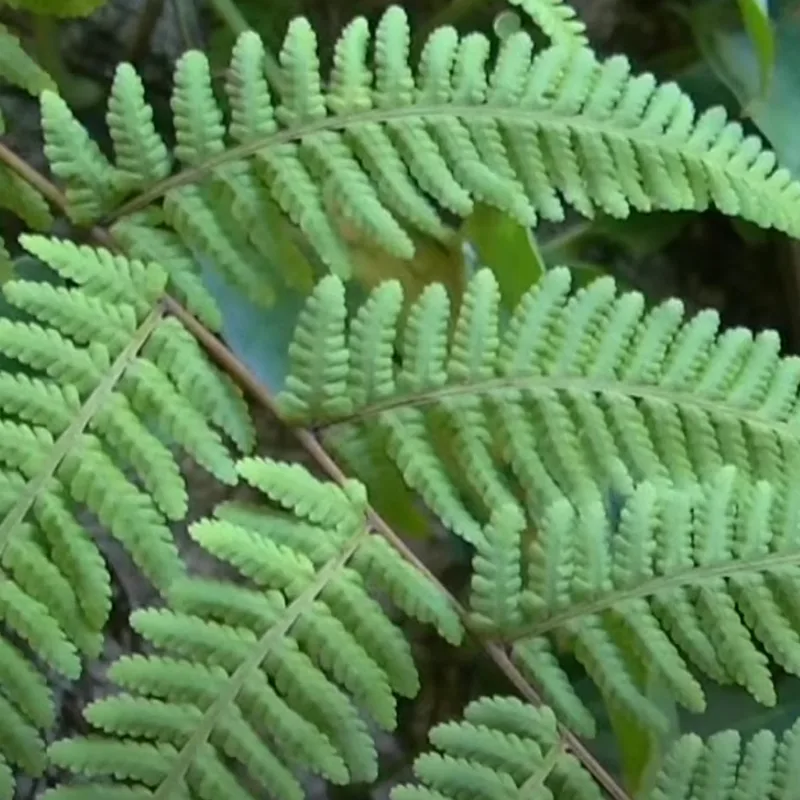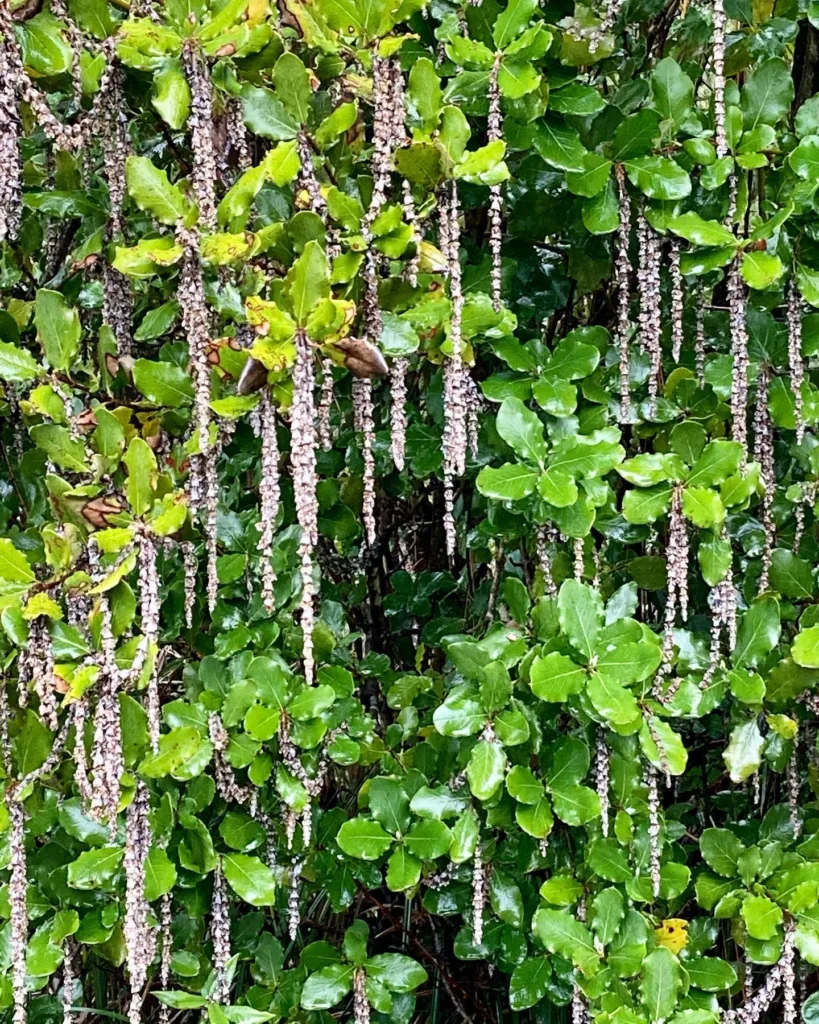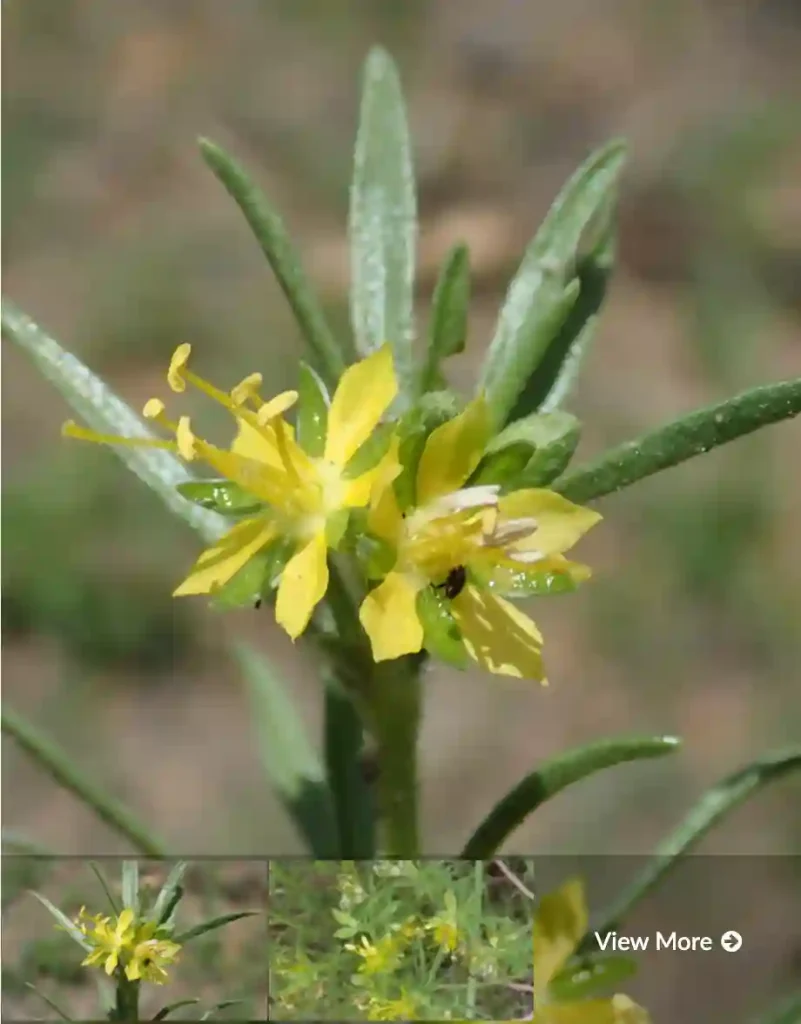
FAQs About Clematis Virginiana
As a gardener and plant enthusiast, I often encounter questions about Clematis Virginiana. This vine, also known as Virginia Clematis or Virgin’s Bower, is a beautiful and hardy plant that adds a lot of charm to gardens. Here’s a comprehensive FAQ to address common queries and help you get the most out of this fascinating plant.
391 Species in Genus Clematis
What Group is Clematis Virginiana?
Clematis Virginiana belongs to Group 3 of Clematis pruning groups. This means it blooms on new wood produced in the current season. As such, it requires pruning in late winter or early spring, before the new growth begins. This group is known for its vigorous growth and attractive summer blooms.
Is Clematis Virginiana Invasive?
Clematis Virginiana can be invasive in certain conditions. Its vigorous growth and ability to spread quickly can overshadow other plants if not managed properly. It’s best to plant it where you can keep an eye on its spread and take proactive measures to control it. If you’re considering planting it in a garden, be prepared for its aggressive nature and consider using barriers to limit its spread.
Are Male Clematis Virginiana Flowers Fragrant?
The male Clematis Virginiana flowers are not particularly fragrant. While the plant itself is lovely and can cover structures beautifully, the scent is not one of its standout features. If you’re looking for a fragrant vine, you might want to explore other Clematis varieties or companion plants that offer a pleasing aroma.
Does Clematis Virginiana Smell?
Clematis Virginiana has a subtle fragrance, but it’s not strong or overpowering. The plant’s primary appeal lies in its beautiful, delicate flowers and rapid growth rather than its scent. For those seeking a more fragrant addition to their garden, exploring other varieties of Clematis or adding aromatic plants might be a better option.
How to Grow Clematis Virginiana?
Growing Clematis Virginiana is relatively straightforward, but there are a few key steps to ensure success:
- Location: Choose a spot with full sun to partial shade. Clematis Virginiana thrives in well-drained soil.
- Soil: Amend the soil with compost to improve fertility and drainage.
- Watering: Water the plant regularly, especially during dry spells, but avoid waterlogging.
- Support: Provide a trellis or other support structure, as this vine needs something to climb on.
How to Prune Clematis Virginiana?
Pruning Clematis Virginiana helps maintain its shape and encourage vigorous blooming. Here’s how to do it:
- Timing: Prune after flowering, usually in late winter or early spring before new growth begins.
- Technique: Cut back the plant to about 6-12 inches from the ground. Remove any dead or damaged stems.
- Maintenance: Regularly check for and remove any new shoots that grow outside of the intended area to prevent overgrowth.
Is Clematis Virginiana Fragrant?
As mentioned earlier, Clematis Virginiana is not particularly fragrant. The plant’s charm lies more in its attractive appearance and rapid growth rather than in any strong scent. If fragrance is a priority, consider integrating other fragrant plants into your garden design.
Is Clematis Virginiana Poison Ivy?
No, Clematis Virginiana is not related to poison ivy. While both can be vigorous climbers, Clematis Virginiana does not have the same irritating properties as poison ivy. It’s important to differentiate between them, especially when planting near areas where poison ivy might also be present.
Is Clematis Virginiana Poisonous to Dogs?
Clematis Virginiana is not known to be toxic to dogs. However, it’s always best to monitor pets around plants, as ingestion of large quantities could potentially cause digestive upset. If you suspect your dog has ingested a plant and is showing signs of illness, consult a veterinarian for advice.
Clematis Virginiana vs Clematis Paniculata
Clematis Virginiana and Clematis Paniculata (also known as Clematis Paniculata or Sweet Autumn Clematis) are often confused. While both are vigorous climbers, Clematis Paniculata is known for its more aromatic and dense clusters of white flowers, which give off a sweet fragrance in late summer and early fall. Clematis Virginiana, on the other hand, has a more subtle scent and blooms earlier in the season.
Clematis Virginiana vs Clematis Terniflora
Clematis Virginiana and Clematis Terniflora (also known as Clematis terniflora or Sweet Autumn Clematis) are quite similar but have distinct differences. Clematis Virginiana typically features smaller, star-shaped white flowers and is less fragrant. Clematis Terniflora, in contrast, has larger, more fragrant flowers and tends to have a more robust scent. Both are vigorous, but Clematis Terniflora is particularly known for its intense fragrance.
Clematis Virginiana vs Sweet Autumn Clematis
Clematis Virginiana and Sweet Autumn Clematis (Clematis Paniculata) are often compared because they share similarities in growth habit and flowering period. Sweet Autumn Clematis is renowned for its late-season blooms and strong fragrance, while Clematis Virginiana flowers earlier and has a more modest scent. If you’re choosing between the two, consider whether you prefer a plant with a more pronounced fragrance and later bloom time.
What to Plant with Clematis Virginiana?
Clematis Virginiana pairs well with a variety of companion plants. Consider planting it with:
- Roses: The combination of Clematis Virginiana and climbing roses creates a beautiful, layered effect.
- Evergreens: Provide a contrasting backdrop with evergreens, which help to frame the Clematis.
- Grasses: Ornamental grasses add texture and movement to the garden space, complementing the Clematis’s vigorous growth.
Can You Grow Clematis Virginiana Indoors?
Clematis Virginiana is best suited for outdoor gardens. Its vigorous growth and need for ample space make it challenging to grow indoors. If you’re looking for a Clematis that can thrive indoors, you might consider smaller varieties or cultivars that are more suited to indoor environments.
Benefits of Clematis Virginiana
Clematis Virginiana offers several benefits, including:
- Rapid Growth: It quickly covers structures, providing lush greenery and flowers.
- Attractive Blooms: Its delicate white flowers are visually appealing and can brighten up a garden.
- Wildlife Friendly: It attracts pollinators like bees and butterflies, making it a valuable addition to a wildlife-friendly garden.
Common Problems
Some common problems with Clematis Virginiana include:
- Overgrowth: Its vigorous nature can lead to overgrowth, requiring regular pruning and maintenance.
- Pests: Watch for pests like aphids and spider mites, which can occasionally affect the plant.
- Disease: Keep an eye out for common Clematis diseases, such as wilt, and ensure proper spacing and air circulation to reduce risk.
By addressing these FAQs and understanding the needs of Clematis Virginiana, you can enjoy a flourishing and beautiful addition to your garden. Whether you’re dealing with its growth habits or comparing it to similar Clematis varieties, knowing these details will help you make the best choices for your gardening endeavors.
If i die, water my plants!



